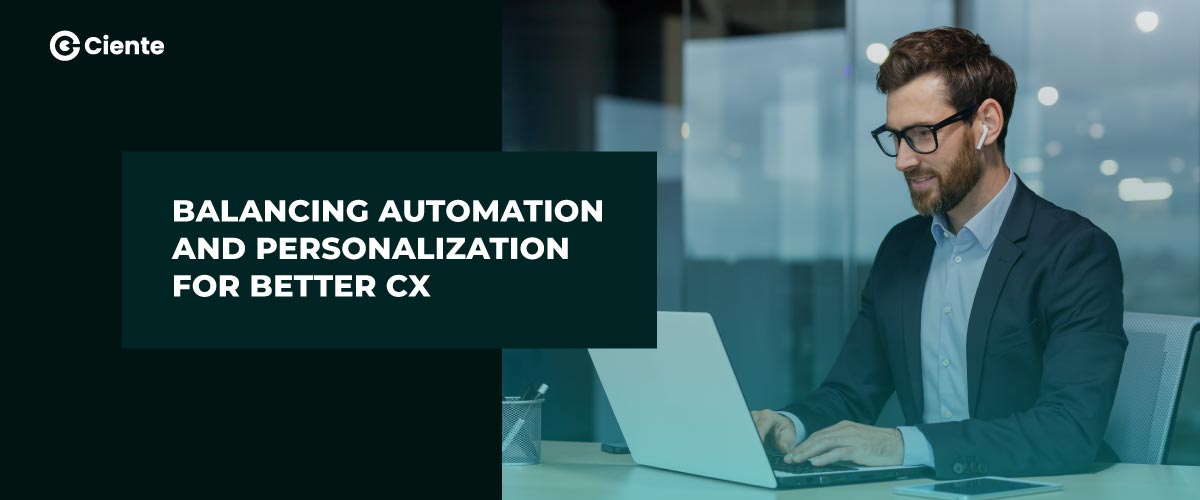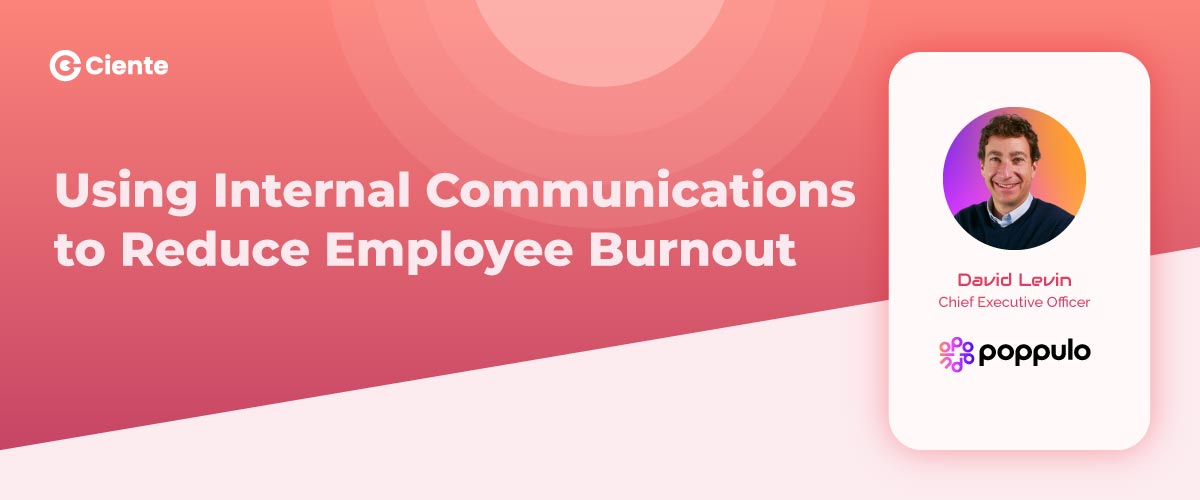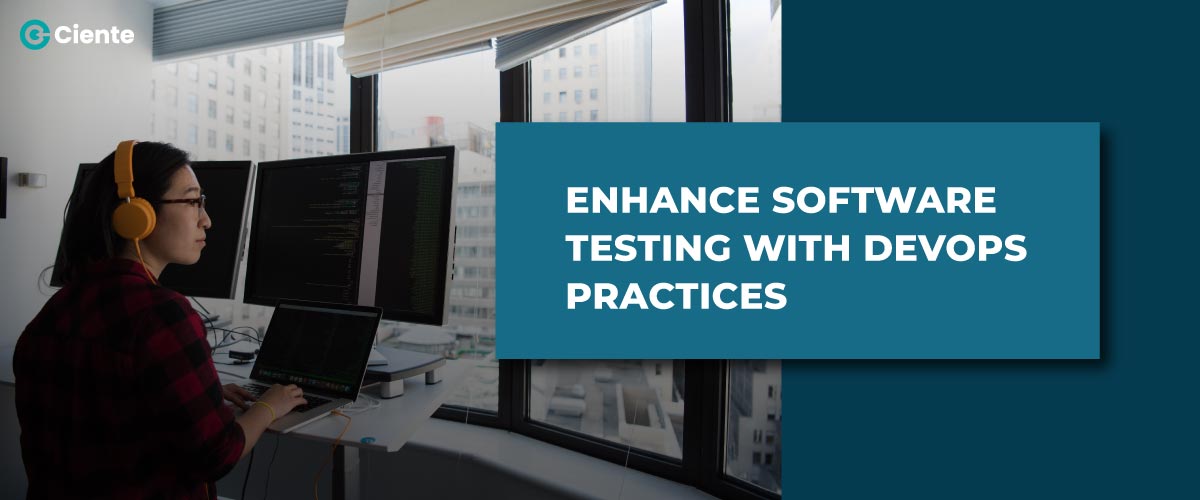Why Account-Based Marketing Matters
ABM strategies target specific companies with personalized campaigns creating more meaningful connections. Unlock the power of ABM to supercharge your B2B marketing efforts.
Converting high-value leads into clients can be challenging for B2B entities. The secret is to develop personalized experiences for customers that not only engage more B2B decision-makers but also result in better ROI. ABM, or account-based marketing, is a B2B sales and marketing approach that calls for both teams to work together to engage certain target accounts that are seen to be a strong fit for the brand. It’s a potent, laser-focused strategy that aims to close business with certain, high-value prospects. As it enables businesses to focus on best-fit accounts, it is swiftly rising to the top of the marketing game.
In this blog, we will define ABM, discuss its advantages, and provide you with concrete methods for developing your own ABM strategy.
What Is Account-Based Marketing (ABM)?
ABM is a type of business marketing approach that focuses resources on a particular segment of target customers within a market. In order to engage each account, it uses customized campaigns that base the marketing pitch on the particular characteristics and requirements of each account. ABM goes beyond simple lead generation to take a more comprehensive approach to marketing. One of the keys to generating the maximum value from your top accounts is marketing to current client accounts to drive upselling and cross-selling.
Benefits Of Account-Based Marketing
Aligning Sales and Marketing
ABM necessitates a focused effort from the marketing and sales teams, which can be difficult for some. In order to ensure that the appropriate data-driven decisions are made throughout the sales cycle, sales and marketing must be in alignment at the outset of the ABM campaign.
Better ROI
Compared to conventional inbound and outbound B2B marketing initiatives, ABM is more specific, customized, and efficient. Because of this, it produces the highest ROI among B2B marketing strategies while also increasing performance. Fewer opt-outs and better response rates are typical features of ABM campaigns.
Shortened Sales Cycles
ABM expedites the sales process by removing unqualified leads very early on. Marketing and sales teams can concentrate on those prospects that are most likely to convert and offer those accounts the most individualized experience to help them convert rapidly.
More Effective Marketing Initiatives
Due to the hyper-targeted nature of account-based marketing, you won’t spend money on leads who aren’t qualified. Your efforts will be more successful if you can target accounts that suit your objectives. Only the most qualified and sales-ready buyers will ever enter a marketer’s funnel.
Implementing An Account-Based Marketing Strategy
- Identify the extremely significant accounts you want to focus on. Your business will profit the most from these valuable accounts, so you must deliver top-notch service. Concentrate on the requirements of your important clients.
- Research all of your intended accounts. Evaluate the stage of each account’s buyer journey and note each customer’s pain points and needs to successfully deploy ABM.
- Create campaigns that are customized. It’s time to start creating content to capture the interest of the accounts you want to target once you have thoroughly researched each possible customer. Create customized marketing that speaks to the requirements of your important accounts.
- Start your personalized campaigns. If the content you have developed for each account is ready to go, you can launch your campaigns. Make an effort to address client concerns and deliver trustworthy experiences.
- Assess the effectiveness of your campaigns. Utilize analytics to gauge each campaign’s effectiveness and learn more about your approach. Determine what is appropriate and inappropriate to do in the upcoming campaigns by analyzing the data presented.
- Now that the procedure for implementing a strategy is apparent, you can start using ABM right away.
Summing Up
One aspect of account-based marketing strategy frequently gets overlooked in discussions. It can be easy to lose sight of the fact that you are still interacting with people when you have access to so many tools and information. Regardless of who your target market is, we are all still individuals selling to other individuals.
Keep in mind that people, not businesses or metrics, are your main targets while you carry out your ABM strategy. Pay attention to the people who are likely to choose to buy your products or services. Your efforts to develop relationships with the people on your target accounts list will be more genuine and successful if you connect the dots and have a comprehensive understanding of each person.






